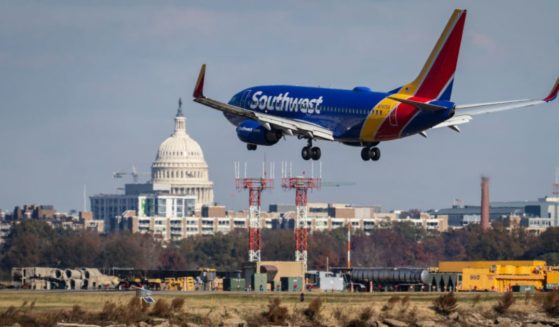Keep the USPS in the Package Delivery Business
The United States Postal Service has delivered small packages since the founding of the Republic and, in 1912, Congress specifically authorized and directed the USPS to deliver all sorts of packages to our homes and our offices.
Unfortunately, thanks to recent proposals in Washington, Americans might find fewer packages coming in the mail and more coming from private companies. If that happens, expect shipping prices to jump across the board.
Some Washington policymakers are pushing the Postal Service to dramatically increase the prices it charges for package deliveries. Notably this activity is one of the only “profitable” activities the post office does.
Normally, increasing its prices might make sense as a means to increase revenue to the Postal Service, but the opposite is likely to happen.
An increase in price alone without any improvement in value or service is unlikely to bring in more revenue to the post office. Instead, a substantially higher price will mean customers — households and companies — will turn to companies like FedEx and UPS for parcel delivery.
When that happens, USPS profits will disperse as well.
Consider what you would do if you could pay $5.15 to send a present to your graduating nephew by going to the post office or pay $21.00 to send the same package via UPS. It’s a no-brainer.
However, if the post office was forced to raise its fee artificially for that parcel to $19.00 the choice becomes harder.
UPS and FedEx have tracking services, accounts set up for regular users with discounts available, a money back guarantee for late delivery, and precise time of day delivery target options even for the most casual shipper. Even with a two-dollar price differential, UPS looks pretty good — but if the post office raises prices, you can bet that will give its competitors room to increase them even more.
So, if this proposed hike goes forward, two factors need to be considered: First, your household budget will take a hit. Spending 20 to 60 percent more on shipping will mean many small businesses and households will cut back on shipping products — or those that don’t will have to cut back on everything else. In many instances the cost of shipping will come to exceed the price of the product being delivered.
Second, package-related revenue to the Postal Service would disappear. This matters because, over the last decade, package delivery has dramatically reduced USPS losses.
The Postal Service workforce already heads out to everyone’s home and office six days a week. Thus the post office can often charge less to carry packages to the same places they are already headed than the big delivery companies can.
Over the last decade, the post office has generated more than $144 Billion in revenue and $42 billion in profit from parcel delivery. That’s $42 billion that doesn’t have to be paid for by stamp sales or taxpayer bailouts.
Forcing the Postal Service to increase prices would also mean that Americans who don’t live in highly dense urban centers would lose. Presently the USPS delivers to homes and businesses in Anchorage, Alaska, and Fargo, North Dakota, for the same price as a delivery to anywhere else in the United States.
But locations like these are considered out of the local area for Federal Express and UPS. If you have relatives in Glenbeulah, Wisconsin, or Tompkinsville, Kentucky, you’re going to pay a surcharge for delivery by a private package service.
Since most American consumers and small businesses aren’t located in New York or San Francisco, they should expect to see prices for package delivery skyrocket.
Prior to 1912, the post office was not allowed to carry packages weighing more than four pounds.
Back then that meant that the 54 percent of the population who lived in rural areas were subjected to whatever prices private delivery companies might charge.
When Congress mandated that the Postal Service accept more packages as well as letters, package delivery became a household feature.
Today American households and small businesses benefit from low cost parcel delivery from the East Coast all the way to the West Coast by the USPS.
Let’s not turn the clock back 100 years.
The views expressed in this opinion article are those of their author and are not necessarily either shared or endorsed by the owners of this website. If you are interested in contributing an Op-Ed to The Western Journal, you can learn about our submission guidelines and process here.
Truth and Accuracy
We are committed to truth and accuracy in all of our journalism. Read our editorial standards.











